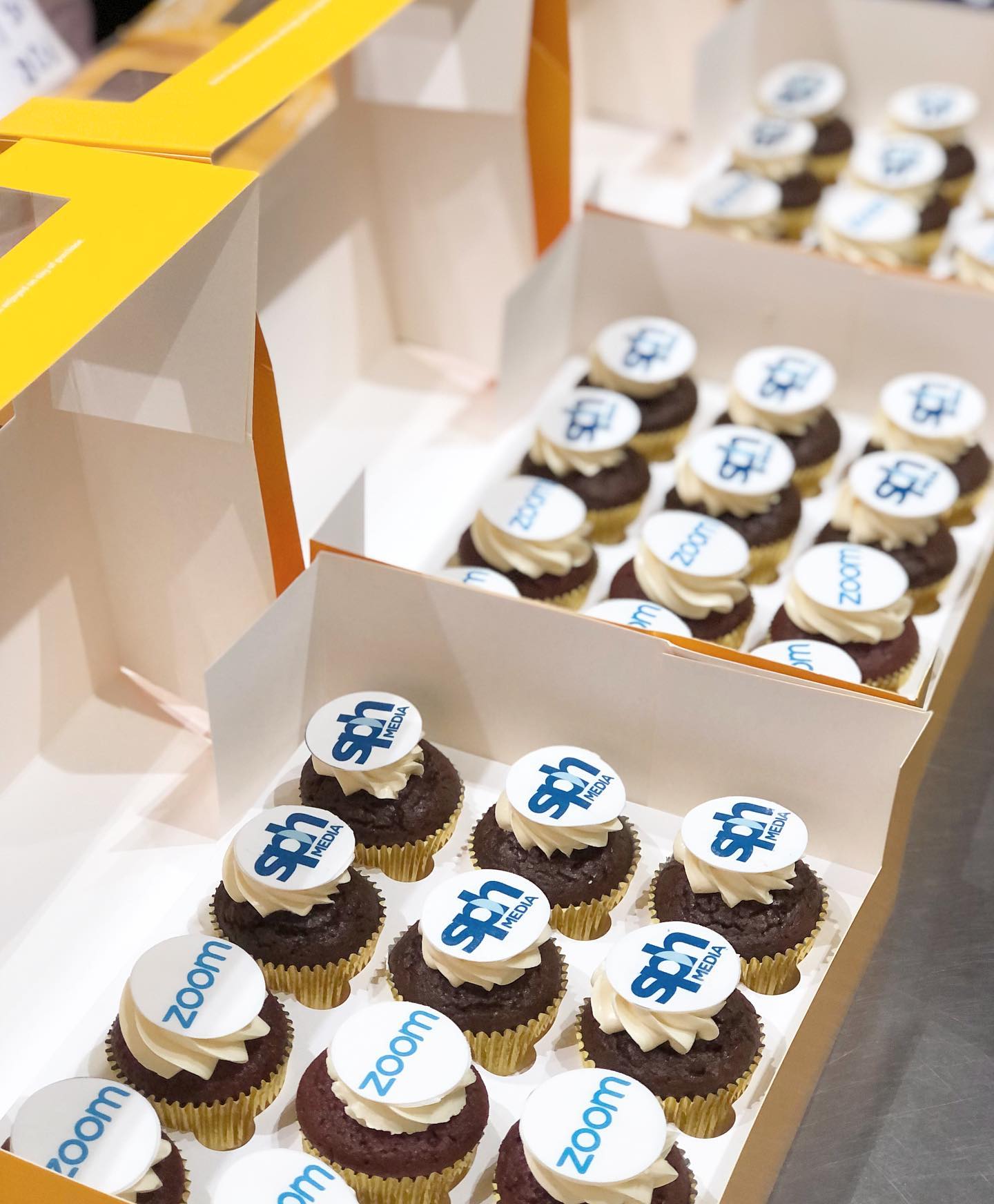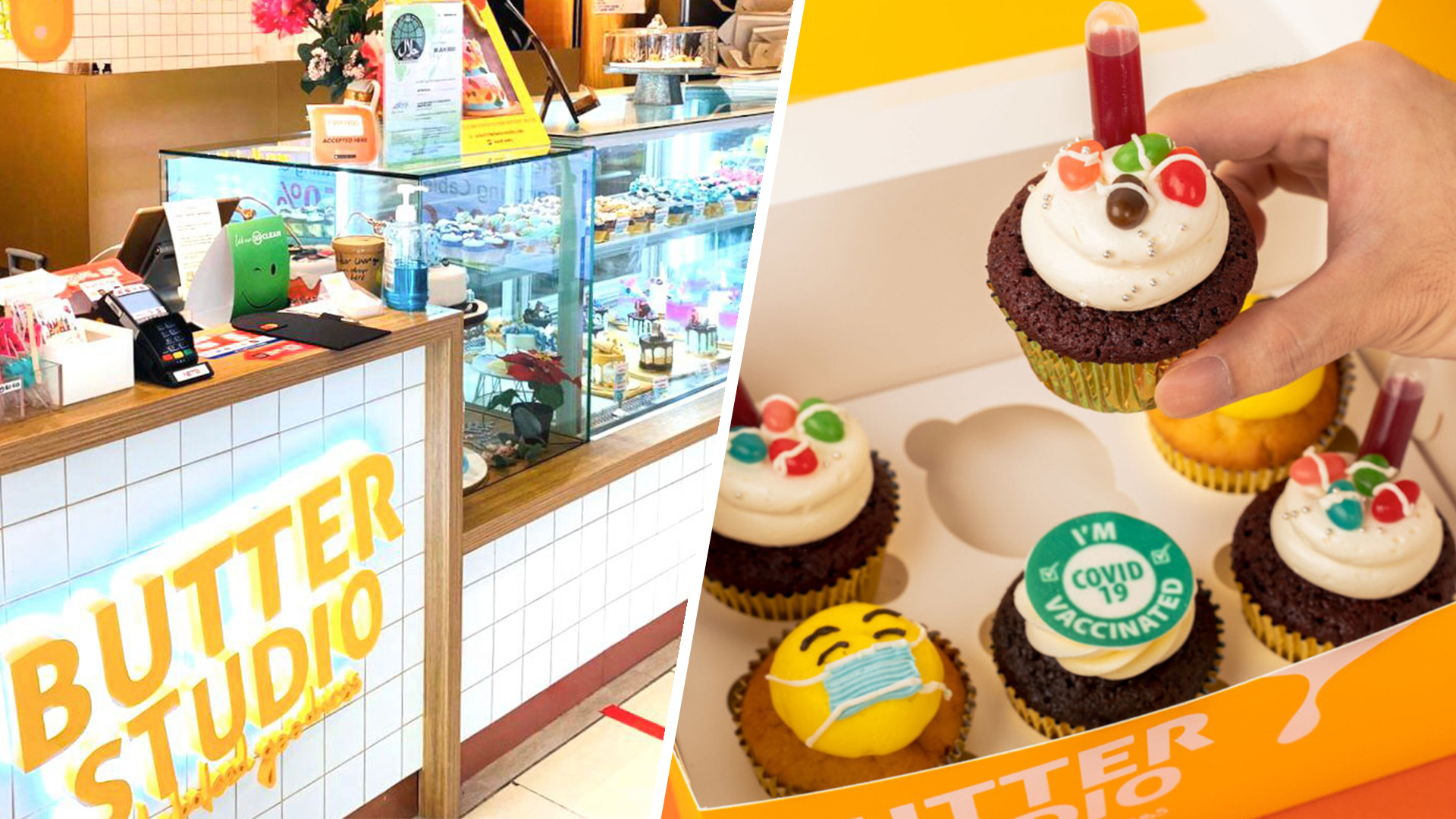
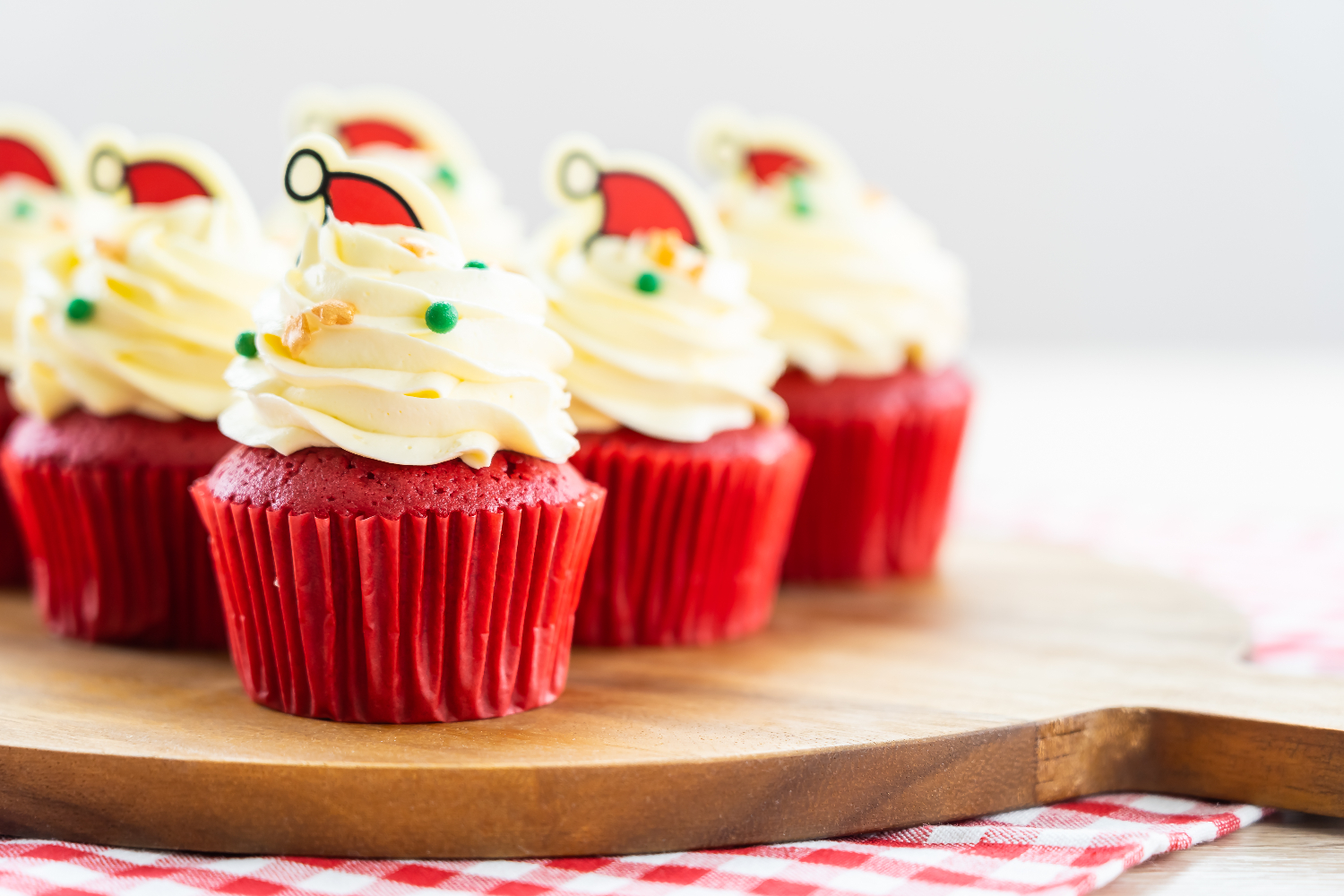
Baking is a delightful activity that not only brings the family together but also offers a wonderful opportunity for learning and fun. When it comes to involving kids in the kitchen, teaching kids how to manage themselves in a new environment will be a valuable life lesson.
However, ensuring child safety for these little bakers is paramount before delving into the world of tasty treats and delicious recipes.
Baking activities can be tailored to suit various age groups. For younger children (ages 3-9), focus on tasks that involve mixing ingredients in a large bowl with a spoon or pouring ingredients into cupcake cases.
This not only keeps them engaged but also helps develop their motor skills. Older children (ages 10 and above) can handle more complex tasks like measuring ingredients accurately, using an oven, and even experimenting with recipes.
Safety is the first ingredient in any recipe when cooking with children. The kitchen can be a hazardous place for young ones, with hot surfaces, sharp objects, and electrical appliances.
Therefore, establishing clear rules and supervising closely is essential. Kids aged 3-9 can start with simple tasks like pouring and mixing, under close supervision, while older children can gradually take on more complex tasks such as measuring ingredients and operating the oven with guidance. Key safety tips include:
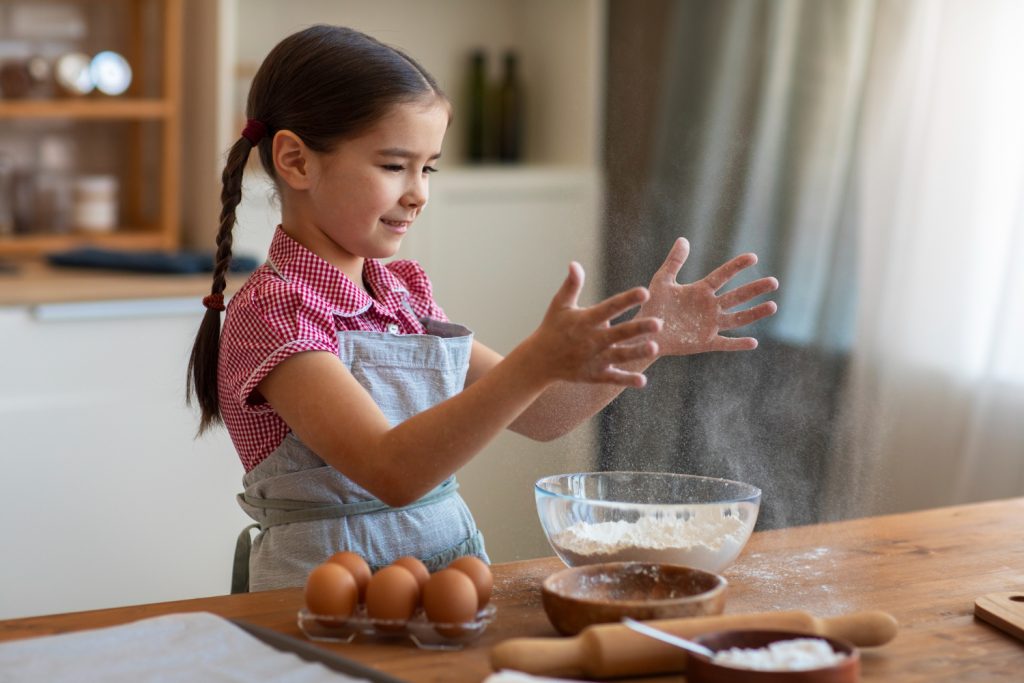
Engaging children in the kitchen not only helps to build their interest in cooking but also serves as an enriching learning experience.
By starting with easy cupcake recipes, children can explore the joys of baking while understanding the importance of following a recipe, measuring ingredients correctly, and the science behind how ingredients come together to create something delicious.
Below, we delve deeper into fun and educational cupcake recipes that are perfect for little hands and curious minds.
Vanilla cupcakes are the perfect starting point for young bakers. The simplicity of the recipe allows children to focus on the basics of mixing and measuring. Use this opportunity to teach them about the importance of using real vanilla extract over artificial flavourings.
Explain how vanilla is derived from orchids and the process it goes through before ending up in our kitchens. This not only adds depth to their understanding but also instils an appreciation for natural flavours.
Ingredients to explore: Encourage kids to measure the flour, sugar, baking powder (a wonderful way to introduce them to chemical leavening agents), and eggs. Highlight the role of softened butter in making the cupcakes tender. As they mix these ingredients, they’ll see firsthand how each component contributes to the batter’s consistency and flavour.
Educational twist: Discuss the concept of emulsification as you blend the wet and dry ingredients. Watching the batter transform is like a little science experiment in the kitchen!
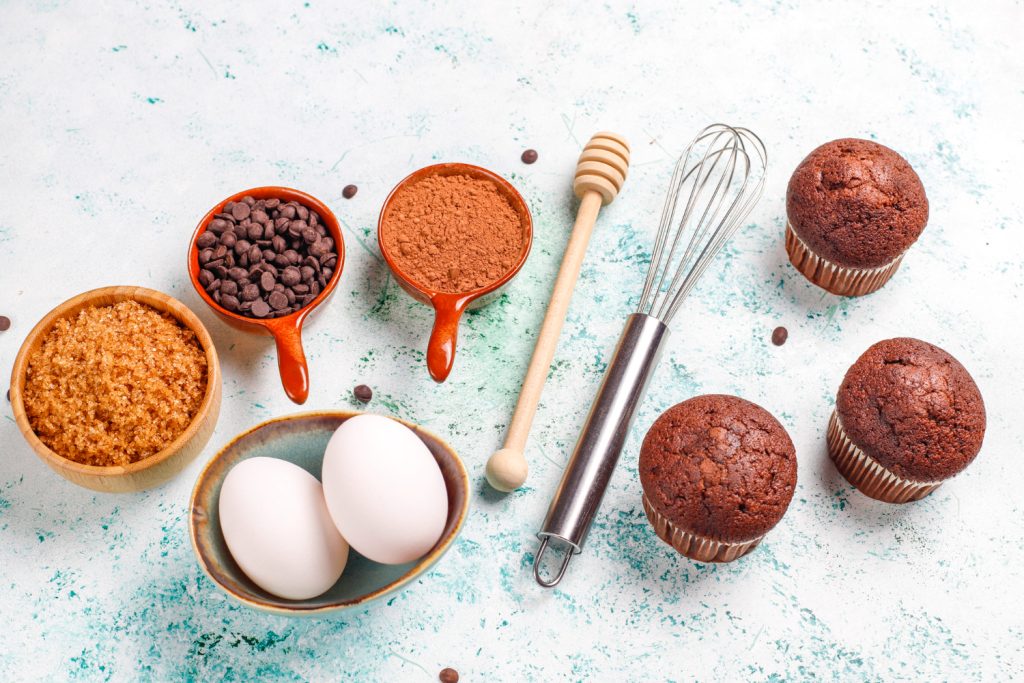
Chocolate cupcakes offer a rich, indulgent twist on the classic cupcake. This recipe provides a fantastic avenue for kids to get hands-on experience with measuring dry ingredients such as cocoa powder, chocolate chips, flour, and sugar.
Ingredients to explore: Introducing children to cocoa powder offers a sensory experience—let them smell and taste the cocoa before it’s mixed into the batter. Discuss the difference between cocoa powder and chocolate, and how cocoa contributes to the cupcake’s flavour and colour.
Educational twist: Use the process of sifting flour and cocoa powder together to teach about the importance of combining ingredients thoroughly for a uniform texture. Additionally, discussing the role of baking powder in providing lift and aeration to the cupcakes can spark interest in the science behind baking.
Fruit cupcakes are an exciting way to incorporate natural sweetness and vibrant colours into baking. Whether you’re using berries, citrus, or exotic fruits, these cupcakes can be a delicious lesson in botany and geography.
Ingredients to explore: Allow children to pick their favourite fruits or introduce them to new ones from other countries. This can be a fun geography lesson, discussing where each fruit is grown and how it’s harvested. Use this opportunity to teach about the importance of freshness in ingredients and how fruits can alter the flavour and moisture content of cupcakes.
Educational twist: Experimenting with fruit pieces, purees, or zests in the batter introduces children to the concept of recipe modification and creativity in cooking. It’s also a great way to discuss nutrition and the benefits of incorporating fruits into our diet.
Achieving a great bake with your kids is not just about the end product, but also about the process and preparation that goes into it. Here are some enhanced tips to ensure that your baking session is as enjoyable as it is successful:

Before you begin, make sure all ingredients are prepared. Softened butter should be taken out of the fridge ahead of time, eggs should be at room temperature, and any fruits or decorations prepared. This not only makes the process smoother but also serves as a practical lesson in patience and foresight.
To keep frustration at bay and ensure a smoother baking experience, pre-measure the ingredients for younger children. This way, they can focus on the fun parts—pouring and mixing—without the mess of measuring.
Go over kitchen safety rules before starting. Make sure kids know to keep their fingers away from mixers and to be cautious around the oven. For younger children, emphasize the importance of asking for help with tasks like oven use or handling hot pans.
Ensure you have all the necessary baking tools ready, such as measuring cups, spoons, a large bowl for mixing, a muffin tin for cupcakes, and, more importantly, cupcake cases. Having everything on hand prevents last-minute dashes that can dampen the fun.
Baking together is about more than just making delicious cupcakes; it’s about building relationships and creating lasting memories. Here’s how you can maximize the joy of baking with your kids:

